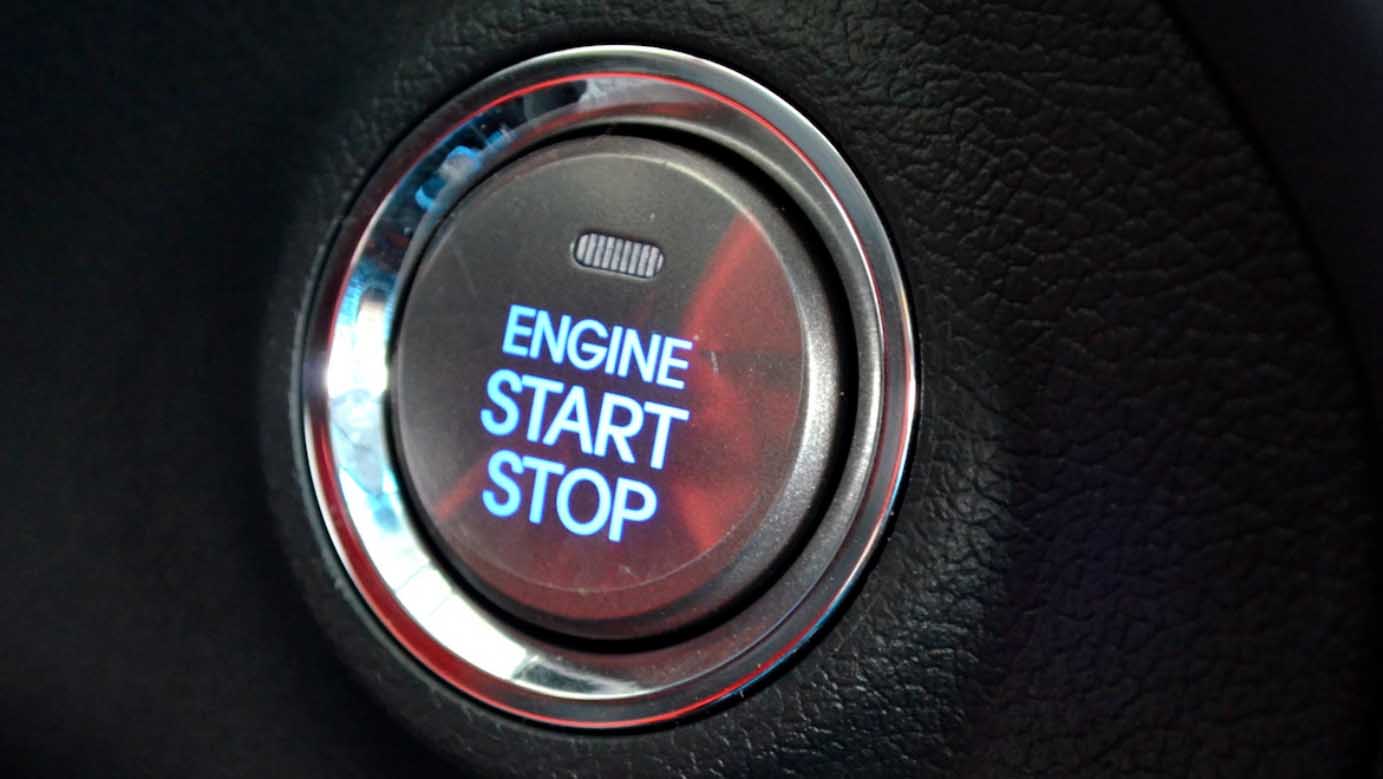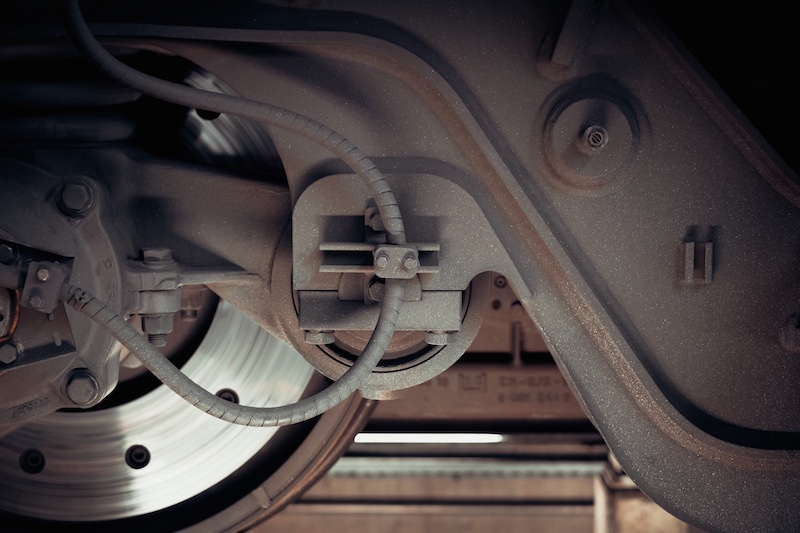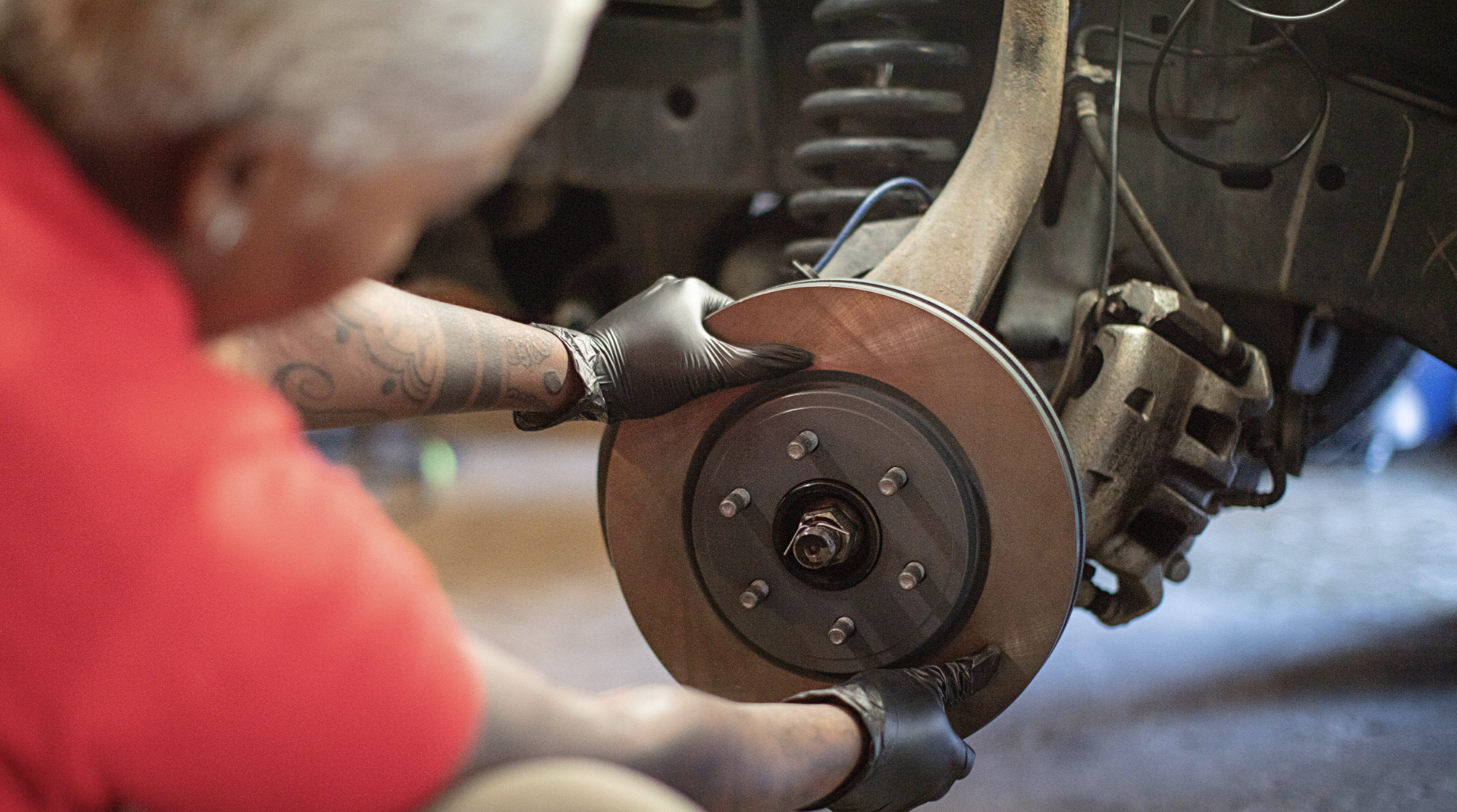It's a terrible feeling when you get into your vehicle to go to work, turn the key, and it doesn't start. We can't help with you being late, but maybe we can figure out what's wrong with your vehicle. Here's where to start...when your engine won't start. Check the links for additional info on how to diagnose or replace that part.
Car won't crank
You turn the key and get absolutely nothing, not even an attempt at turning over. It seems bad but likely isn't. Whether the engine is cranking or not, it's always a good idea to cover the basics first and check the battery.
It may just be fully discharged to the point it can't engage the starter. You can have a look with a multimeter to verify you're at or close to 12.4V. Also have a look at the lights when turning the key. Are the interior lights and the headlights not working, or noticeably dim? That's a big sign the problem is the battery. Also check to make sure the battery cables are solidly connected from your last engine procedure, and make sure they aren't excessively corroded. Corrosion appears as a fluffy greenish-white deposit (or even a glassy layer) and can prevent the battery from receiving or delivering a charge. If the battery is good, grab a spark tester. Some fit onto the spark plug cable, while other designs fit between the cable and plug. Either way, a tester is a great way to verify that the spark plugs are getting power without having to unscrew all of them.
If the ignition system is fine, odds are you are looking at a faulty starter motor, a loose connection on the primary wire to the starter, a failed relay, or just the starter solenoid. It could also be something faulty in the ignition switch. Before you go all out, check that it's not something incredibly simple, like a blown fuse, or you're trying to start the engine when not in Park or Neutral. We've all had mornings like that.
Engine rotates but won't start
Turning the key, you hear the starter crank the engine over. It spins and spins, but no start. This one is a little harder than the above, so let's remember that you need air, fuel, and spark for the engine to run, and start with the painfully obvious.
Do you have fuel in the tank, and the battery is holding a charge? A quick glance at the fuel gauge and a reading of your handy multimeter will verify both. If the fuel gauge is faulty and showing half a tank, it could be lying to you. Add a few gallons and try another start. Then go under the hood again and check the coil packs and/or spark plug wires and ignition coil, or distributor cap and rotor if your ride is old-school. Look for cracked or burned plastic bits, and that's a good sign you're on the right track. If no luck yet, check out the camshaft and crankshaft position sensors. These will throw a "check engine" code, so you'll have some other helpful signs. We've said it before, but your own code reader is an incredibly handy diagnosis tool.
Engine hard to start when cold
Engines are typically a tiny bit harder to start when cold. But if it's not -40 outside and your engine struggles to life, then odds are this symptom is one of just a few things. Most people rightly suspect the battery, as it could be discharged, or just a low charge that can barely get the starter moving. If your voltage is good, then a hard, cold start suggests checking out the fuel and ignition systems. Affordable and easily replaceable wear items, like spark plugs and fuel filters are the best places to start. While you should definitely check the fuel and spark, this one also has the unusual chance of being an air issue, caused by a faulty air intake temperature (AIT) sensor. A code reader is a lovely diagnostic tool here, but the sensors themselves are much cheaper. Also check your records that there isn't a trend with hard starts in hot or cold weather. With all the various computers, modules, relays, and sensors in modern vehicles, there could be a slight connection issue that is exacerbated by extreme temperatures.
Engine hard to start when hot
Sometimes engines are finicky and have no problem starting and driving. Then, once parked for a few minutes, the car is unable to restart for up to an hour until cooled down. This one is irritating as you have the thought “I just drove it here!" followed by confusion as to what would let the engine do that. Start by checking the cheap stuff, like looking for a filthy and clogged air filter. Then check the condition of the negative battery terminal, looking for corrosion. If nothing is amiss, then signs point to it most likely being a fuel issue, likely the fuel pump or fuel regulator. This could also be an AIT sensor or coolant temperature sensor issue.
Still not starting?
That's not good, but don't give up hope yet. How old is the key? Anti-theft keys with a chip near the teeth can wear out with repeated use. The chip will fail, and the car will detect a key trying to start the vehicle without the security verification. This causes a temporary lockout for a half hour or so, or until a working key is found. This failure usually develops over several weeks.
Finally, while it is a little on the unlikely side, check that you aren't experiencing a compression issue. A leak down test could show low compression, exposing a failed head gasket or bent valve. Low or no pressure in all cylinders would also be a reason that an engine won't start, and it's often a sign of serious engine damage, like a broken timing belt/chain, camshaft, or other bottom end parts.
Ever solved the mystery of the engine that wouldn't start? Sound off below and let us know what fixed it for you.









